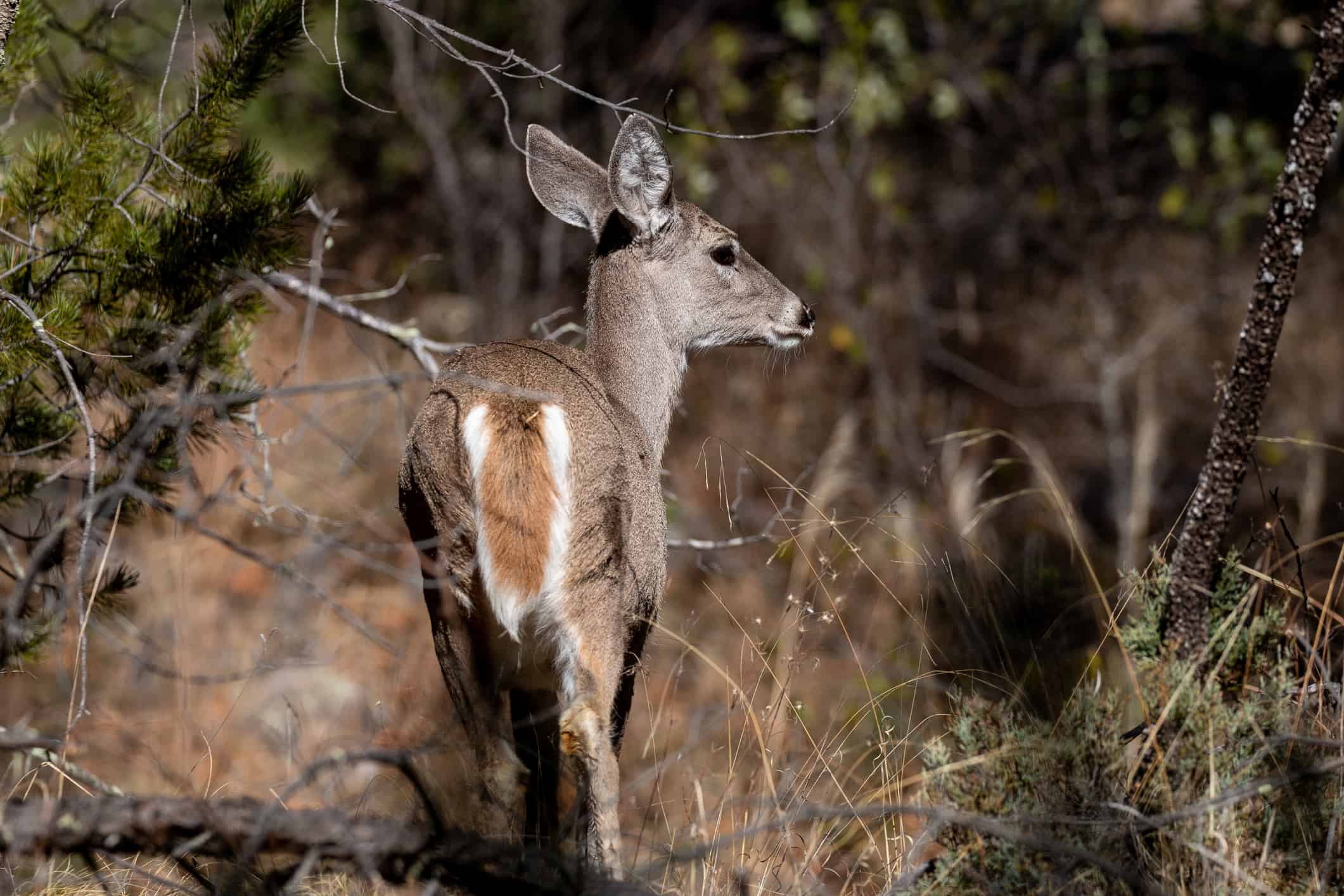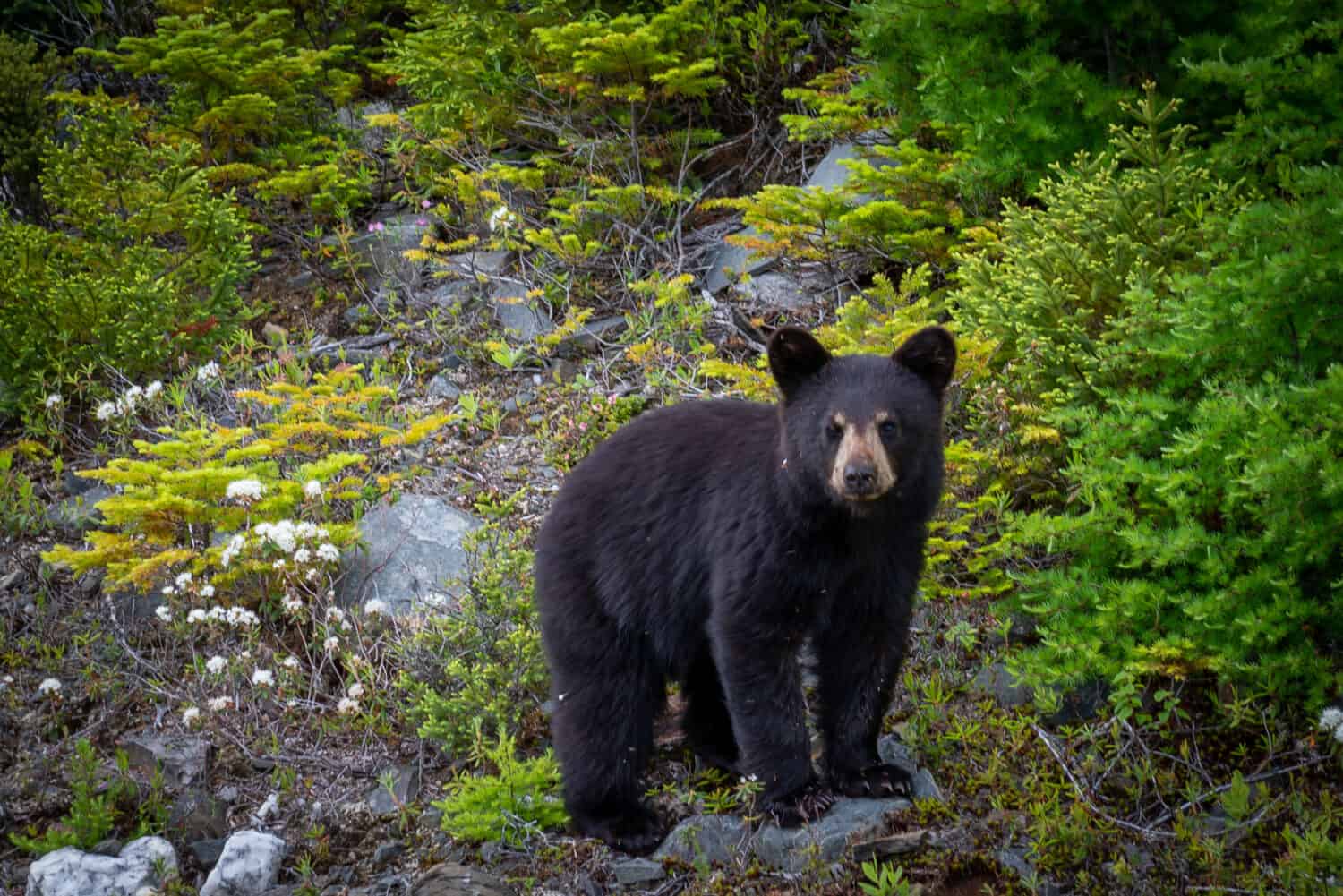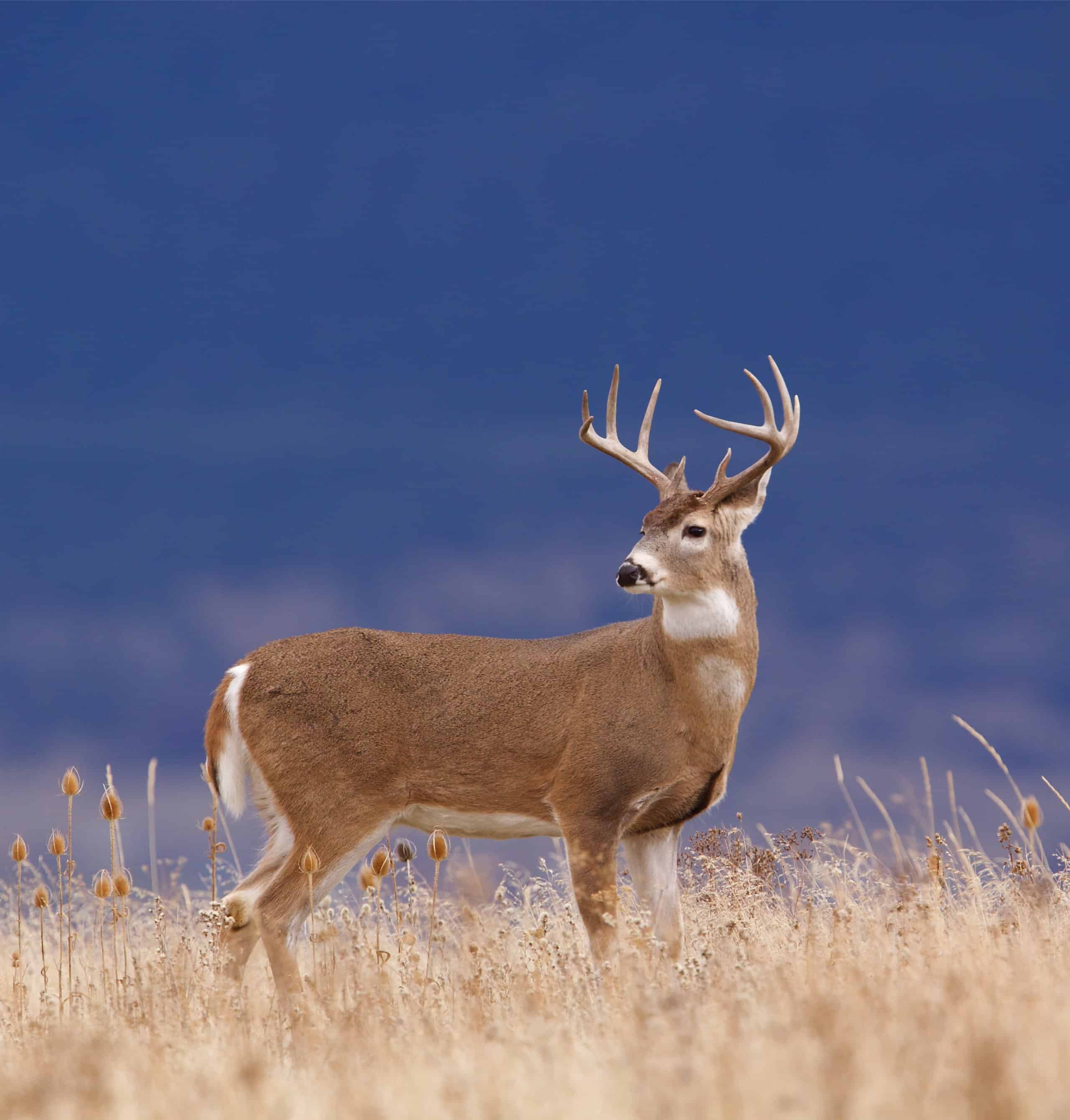Wisconsin is one of the best states in the country for whitetail deer hunting. With millions of acres of forested land, there’s no shortage of places for deer to roam, eat, and rest. In Wisconsin, a valid gun deer license authorizes the harvest of one buck with any weapon type. A number of impressive deer have been caught in Wisconsin, but the record-holding hunt occurred over a century ago.
About Whitetail Deer
Whitetail deer are common in the United States and are especially prevalent in certain parts of the country. Wisconsin has a healthy whitetail deer population that some conservationists think is too high. An estimated 1.6 million whitetail deer make their home in the state of Wisconsin.
Whitetail deer are herbivorous creatures that feed on a variety of vegetation, fruits, and nuts. Healthy deer need to eat about 6 to 8 percent of their body weight in green foliage and browse every day, according to the University of Minnesota.
A number of animals prey on whitetail deer. They include mountain lions, bears, wolves, coyotes, and of course, humans. Whitetail deer stay safe from prey by hiding or running away, but males with antlers are also capable of putting up a fight.
Male vs. Female Whitetail Deer
As their name suggests, whitetail deer are known for their distinctive broad tails with white undersides. Male whitetail deer typically grow impressive antlers every year, while females do not grow antlers at all.
These bony antlers are developed from pedicals of frontal bones. They usually appear in males in April and May and are shed in February.
The average size of a male whitetail deer is around 203 lbs, while females weigh 155 lbs on average, according to SUNY ESF. Both males and females are typically about 71 inches in total length and 39 inches in shoulder height.

Male whitetail deer are larger than females on average.
©iStock.com/equigini
The Largest Whitetail Deer Ever Caught in Wisconsin
James (Jim) Jones shot the largest whitetail deer in Wisconsin while hunting near Danbury in 1914. This beautiful buck measured 206 ⅛ inches under the Boone and Crockett Club scoring system. The deer was both massive and symmetrical, with no abnormal points. The story behind how Jim Jones killed this buck is even more incredible than the creature itself.
Tracking the Whitetail Deer
The story of the largest typical whitetail deer ever caught in Wisconsin is a fascinating one. It has been recounted by Legendary Whitetails. The record dates all the way back to 1914 when Jim and his friend Egus Davis set out for a day of deer hunting in November.
The ground was powdered with fresh snow and the men headed toward the Yellow River, following it along the Soo Line Railroad. After Egus bagged a large doe, Jim lent him his field knife to dress the creature. Egus headed home, but Jim wasn’t done for the day yet.
Near the river, Jim discovered a pair of shockingly large deer prints in the snow. After tracking the creature to a nearby railroad track, Jim’s hopes of finding an enormous buck were realized.
Jim Jones Bags a World Record
The creature emerged, startled by the whistle of the train, and Jim fired his 25/20 Winchester until the magazine was empty. The buck made a run for it, but Jim was able to track him yet again, discovering blood in the snow.
Unfortunately, Jim only had one remaining cartridge left, which he had found in his pocket. When he finally caught up to the creature, the buck jumped into the shallow river and swam to the opposite bank.
From the other side of the water, Jim took careful aim and hit the buck at his backbone, finally taking down the creature. Jim crossed the icy water to dress the creature but realized his knife was still with Egus. After a quarter-mile hike, Jim found his friend and the pair returned to where he had left the deer. However, the creature was gone!
Assuming the dying deer had slid into the river, Egus and Jim followed the water until they found the whitetail deer lodged against a rock midstream. Jim waded into the freezing water yet again to retrieve the enormous prize.

Wisconsin has thousands of acres of forest land, perfect for whitetail deer hunting.
Disappearance and Recognition
The mysterious story of the largest whitetail deer ever caught in Wisconsin doesn’t end here. After bringing home this spectacular buck, Jim handed the creature off to part-time taxidermist George VanCastle to have it mounted.
Unfortunately, George’s wife died soon after he picked up the rack, prompting him to move to Minnesota without telling Jim. Though Jim eventually traveled to Minnesota to search for George and his trophy, it turned out that the great prize never left Wisconsin. The buck’s mounted head was stored in the attack of George’s old home.
Eventually, the creature reappeared at a rummage sale in Sandstone, Minnesota, in 1958, where it was purchased by Robert “Bob” Ludwig. Suspecting that the whitetail rack could possibly be a new world record, Bob measured and scored the creature.
He sent his findings to an official B & C scorer and a director of the Science Museum of Minnesota’s Lee and Rose Warner Nature Center. After many years, the deer was declared a new world record. However, the creature’s origins remained a mystery.
That is until Bob showed off his find to his long-distant cousin Jim Jones. Jim immediately recognized the deer, but it would be years before he was officially declared the man who hunted the largest deer in Wisconsin (and at the time, in the world.)
Where Is Danbury Located on a Map?
Jim Jones shot the largest deer in Wisconsin just south of the community of Danbury. This census-designated place lies in northwestern Wisconsin, near its shared border with Minnesota. Danbury is also near the Yellow River. It has a population of 172 people as of the 2010 US Census.
Other Common Wildlife in Wisconsin
Whitetail deer are one of the most common animals in the state of Wisconsin. Let’s take a look at some of the state’s other common and interesting creatures, listed below.
American Black Bear
Wisconsin has a thriving black bear population estimated at over 24,000 bears, according to Wisconsin DNR (.gov). These creatures are endemic to North America and are becoming much more common in the lower two-thirds of Wisconsin.
Black bears consume a diet of mainly berries, fruit, sedges, and insects. They are medium-sized creatures that are rarely aggressive toward humans. The best thing to do when encountering a black bear is to stay calm and slowly back away.

Thousands of black bears make their home in Wisconsin.
©Dolores M. Harvey/Shutterstock.com
Coyotes
Coyotes are an abundant animal found throughout Wisconsin. These creatures prefer grasslands and forests, but are incredibly adaptable and even make their way into urban areas.
Coyotes are omnivores, as well as scavengers. They rarely harm humans but can be dangerous to small children or pets. While coyotes typically hunt small prey, they have been known to take down full-grown whitetail deer.
Bobcats
An estimated 46,620 bobcats make their home in the state of Wisconsin. These carnivorous felines feed on a number of small mammals, such as mice, rats, squirrels, and rabbits. However, bobcats are not dangerous to humans.
Bobcats enjoy warmer climates and are found in coniferous and mixed forests in the north. Although bobcats are common in Wisconsin, humans probably won’t see them often because they are elusive, nocturnal creatures. During the day bobcats usually hide away and sleep in their dens.
Thank you for reading! Have some feedback for us? Contact the AZ Animals editorial team.








